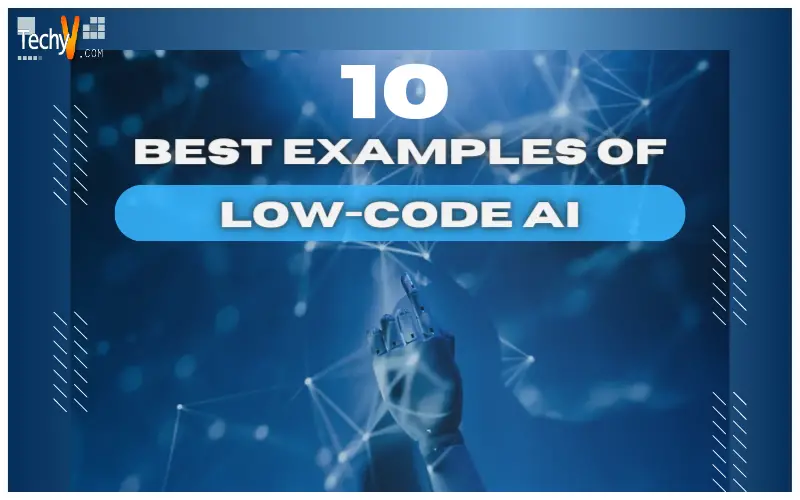These phrases refer to software that enables anyone to build AI applications without writing technical code. Anyone in almost any profession, from doctors and lawyers to marketers, educators, and project managers, can benefit from AI. Many people will need more time or the technical know-how to write programming. Typically, no-code and low-code solutions work in one of two ways: Either through a wizard, where users answer questions and choose options from drop-down menus, or a drag-and-drop interface, where users only select the parts they wish to include in their application. It’s frequently attainable to modify and hone the outcomes to produce apps that function more precisely. Thus, having a rudimentary understanding of the organization and syntax of computer code is always beneficial. Here is a list of tools available today to make the AI revolution accessible to everyone. Some of these are made for those with no expertise, while others are best suited for those with ML experience who wish to cut down on the tedious and time-consuming process of gathering data and creating algorithms.
1. Amazon SageMaker
SageMaker intends to enable anybody to benefit from Amazon’s substantial experience in developing and implementing ML models into consumer-facing use cases. With SageMaker Jumpstart, users have a choice of templates for the most well-liked ML apps that will likely be helpful to enterprises, making it easy to get started immediately.
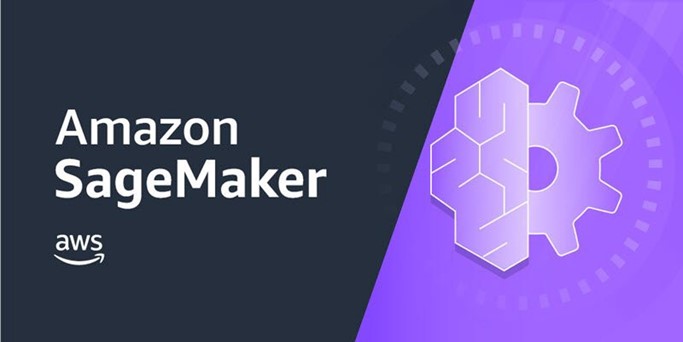
2. Akkio
With this service, you can use AI in 10 minutes without knowing any code or data science. It allows for the development of AI-powered workflows with a focus on facilitating their speedy deployment and evaluation. It also promises a robust set of interfaces, including marketing tools like Hubspot and Salesforce and data platforms like Snowflake that are considered industry standards.
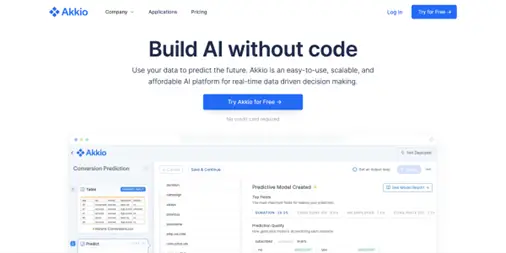
3. Mac CreateML
Apple’s solution makes it simple to construct iOS applications that involve recommendation, classification, image recognition, and text processing thanks to drag-and-drop features. For example, you may gather data using the camera and microphone on your iPhone, and if you have a Mac with a GPU, you can leverage its capabilities to augment and speed up the training process.
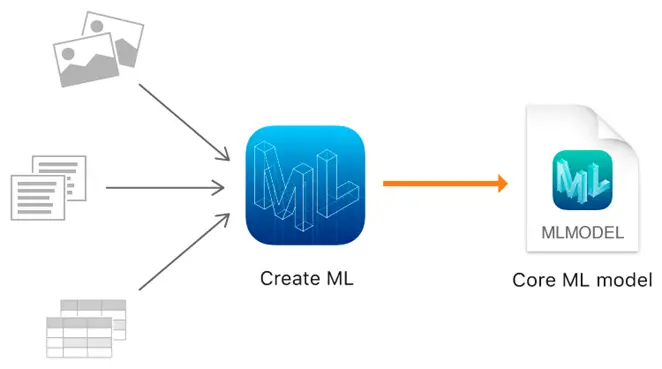
4. DataRobot
Another cloud-based platform, with tailored models for commercial use cases from banking and retail to healthcare, manufacturing, and public sector organizations, provides tools for automating data preparation and developing and deploying algorithms. Its emphasis on explainable AI, which tries to inspire confidence in the insights and judgments it creates by making its processes accessible to humans, is an intriguing characteristic.
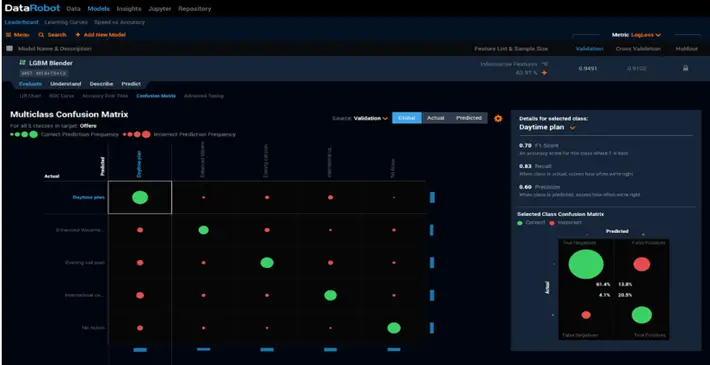
5. Google AutoML
Okay, so it’s clear that the first no-code AI solution from Google is only suitable for people with prior knowledge of machine learning. However, users can start by exploring a straightforward graphical user interface and its computer vision and natural language processing capabilities.
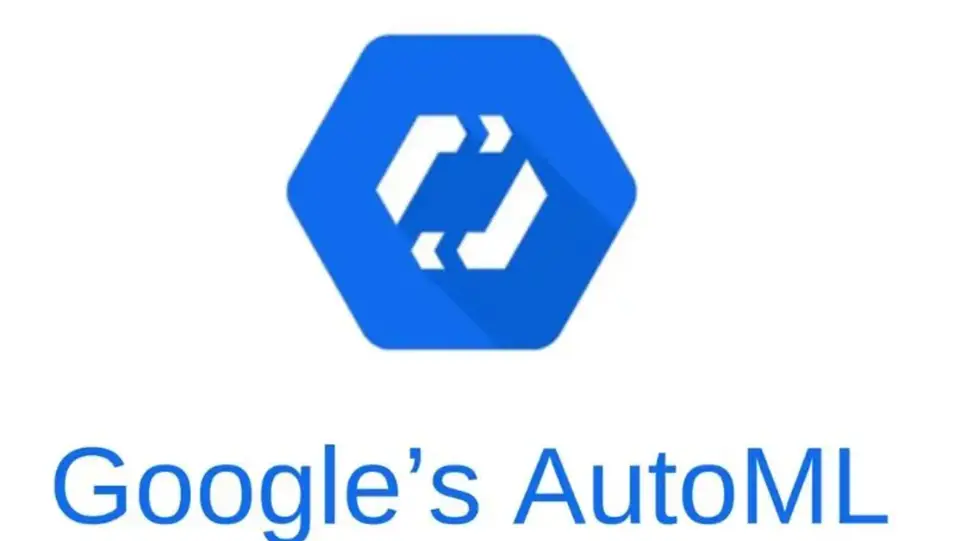
6. Google Teachable Machine
One of the most fundamental use cases for ML and AI—is Teachable Machine, which may be even more beginner-friendly than AutoML. Most helpful as a teaching tool to grasp the fundamentals before moving on to one of the other platforms more geared for developing operational applications.
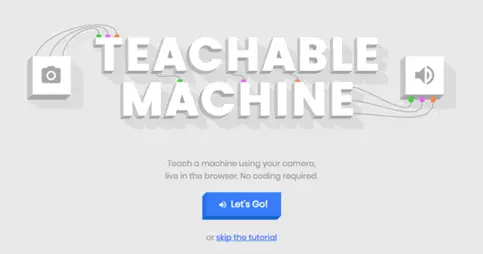
7. Microsoft Lobe
With a platform that automatically chooses the models that are most likely to be successful based on the user’s workload, Microsoft created Lobe to help users grasp the fundamentals. Unfortunately, there is no need for coding knowledge, and customers can upgrade to Azure AI, Microsoft’s more sophisticated ML framework, if they outgrow it.

8. Nanonets
This artificial intelligence (AI) platform was created primarily to speed up and automate the extraction of structured or semi-structured data from documents. You’re searching for this if your company invests time and resources in time-consuming and expensive operations that include importing data from forms, text documents, and similar sources. Because it uses machine learning (ML), it learns from its errors and improves its accuracy in discovering the necessary information.

9. ObviouslyAI
It provides templates for time series analysis, churn prediction, risk scoring, fraud detection, and locating cross-selling possibilities. Time series analysis predicts the value of variables at a given time based on known previous performance.
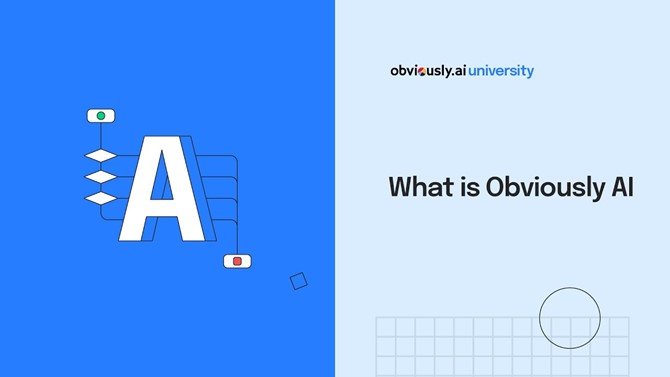
10. PyCaret
This tool takes more technical know-how than others because it is a library for the Python programming language. Although it offers a variety of pre-configured functions and wrappers that significantly simplify the job of data preparation, analytics, and model training, it nevertheless considers itself low code.




